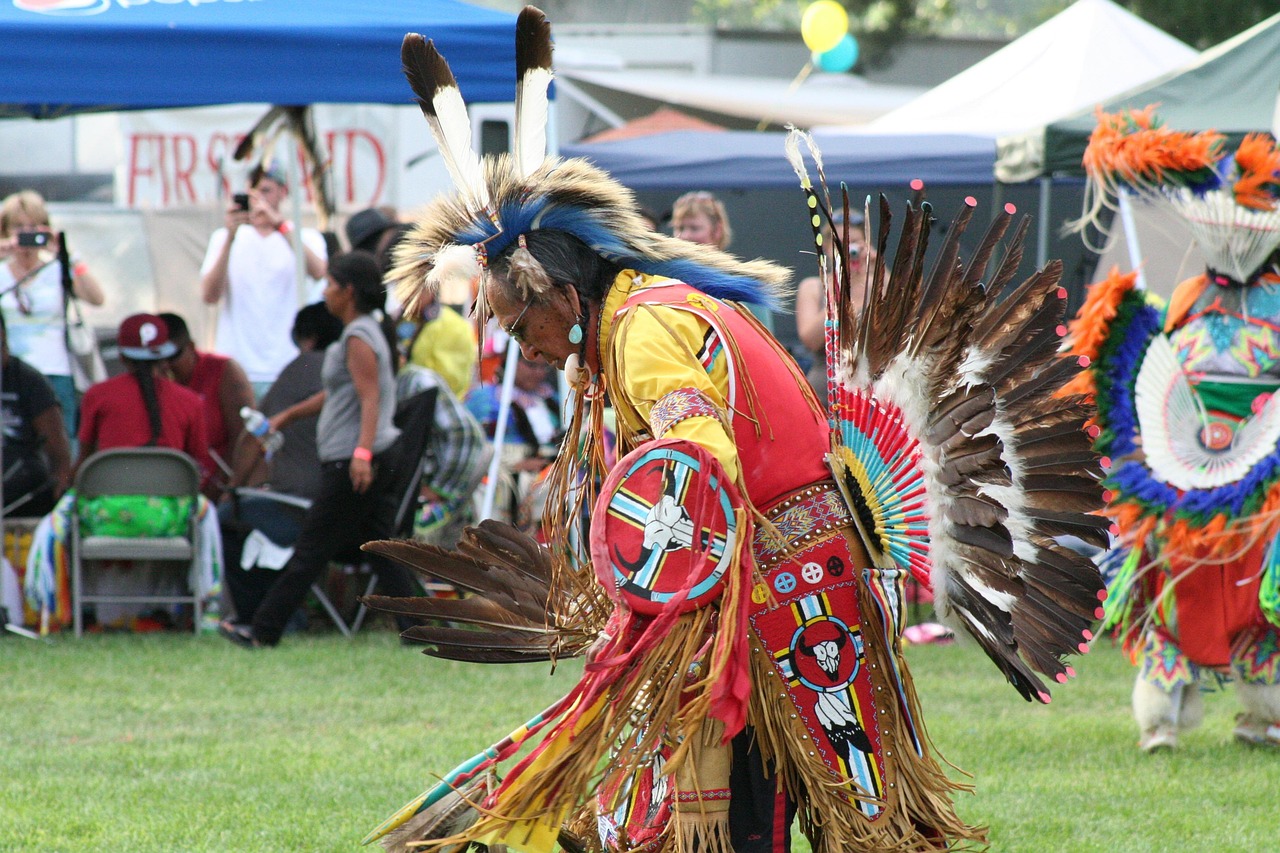The Indigenous peoples of North America hold a deep spiritual connection with nature. For them, time is not a linear construct but a circle – the Wheel of the Year. It reflects the recurring rhythms of the sun, moon, seasons, and life itself. Each phase of the year carries its own meaning, honored through festivals, rituals, and ceremonies, making the connection between humans, nature, and the spiritual visible.
The Wheel of the Year as a Spiritual Foundation
The Wheel of the Year symbolizes the cycles of nature: birth, growth, maturity, death, and rebirth. It is often divided into four or eight sections, aligned with the seasons and cardinal directions.
- Spring: New beginnings, sowing, hope.
- Summer: Growth, abundance, gratitude.
- Autumn: Harvest, preparation, letting go.
- Winter: Retreat, introspection, healing.
These rhythms are not only agriculturally significant but also deeply rooted in spiritual practices.
Ceremonies in Harmony with the Seasons
🌱 Spring – Festivals of Renewal
In spring, many Indigenous communities celebrate the awakening of nature. Rituals with water and earth symbolize cleansing and fertility. Dances honor the power of growth, while prayers are offered for a good harvest.
☀️ Summer – Powwows and Sun Dances
Summer is the time of great gatherings. Powwows bring communities together to celebrate life with dance, song, and drumbeats. The most well-known is the Sun Dance, centered on sacrifice, fasting, and deep spiritual devotion.
🍂 Autumn – Harvest Thanksgiving and Transition Rites
In autumn, the gifts of nature are honored. Harvest ceremonies remind people to show gratitude while also letting go. This is also a time for initiation rites, marking the transition into adulthood for young people.
❄️ Winter – Storytelling and Introspection
Winter is a time of retreat. Families and tribes gather around the fire, share ancestral stories, and pass down wisdom. Rituals for healing and strengthening the spirit take center stage until the Wheel of the Year turns once again.
Symbolism of the Wheel of the Year
The Wheel of the Year is more than a calendar. It shows:
- Everything is interconnected.
- Each cycle contains growth and return.
- Humans are part of the whole, not separate from nature.
For Native Americans, it is a spiritual compass that provides guidance, meaning, and balance.
The Wheel of the Year Today
Many Indigenous peoples still celebrate their ancient traditions today, even as they blend with modern elements. Powwows, Sun Dances, and winter storytelling are not just cultural events but living spirituality.
They remind us that time is not only measured in days and hours but in the cycles of nature and life.
👉 Conclusion: The spiritual festivals of Native Americans reveal how closely culture, nature, and spirituality are woven together. The Wheel of the Year is a symbol of unity, change, and renewal – wisdom that can still guide us today.

